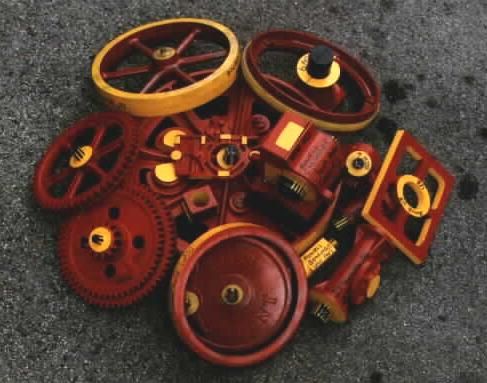I have done some Aluminium casting of small items , upto 600g . I used a 3 Kg electric furnace [3kg is weight of gold it will take !] that I picked up from e-bay a few years ago.
It takes about 45 -60 min to getup to temperature ~ 750C and melt the aluminium, the process can be speeded up by preheating the scrap with a gas torch.
My source of Aluminium is old cast items , eg chair bases, car engine pistons , hard drive chassis etc … , tin cans , extruded sections and foil are not good they produce a lot of slag and pour like treacle and is a soft alloy that is horrible to machine.!
I use oil bonded sand in home made wooden cope and drag moulding boxes, this is a find sand that gives a good finish.
Pattens are made of MDF , 3D printed, or if its simple Polystyrene that is burnt out at the pour …outside ! for good reason …it smokes and stinks.
Have a look with google for more information …there's loads out there , Back yard foundry etc …
As Brian said …its a satisfying process.
Steve
Edited By The Novice Engineer on 09/03/2019 23:39:40
The Novice Engineer.





